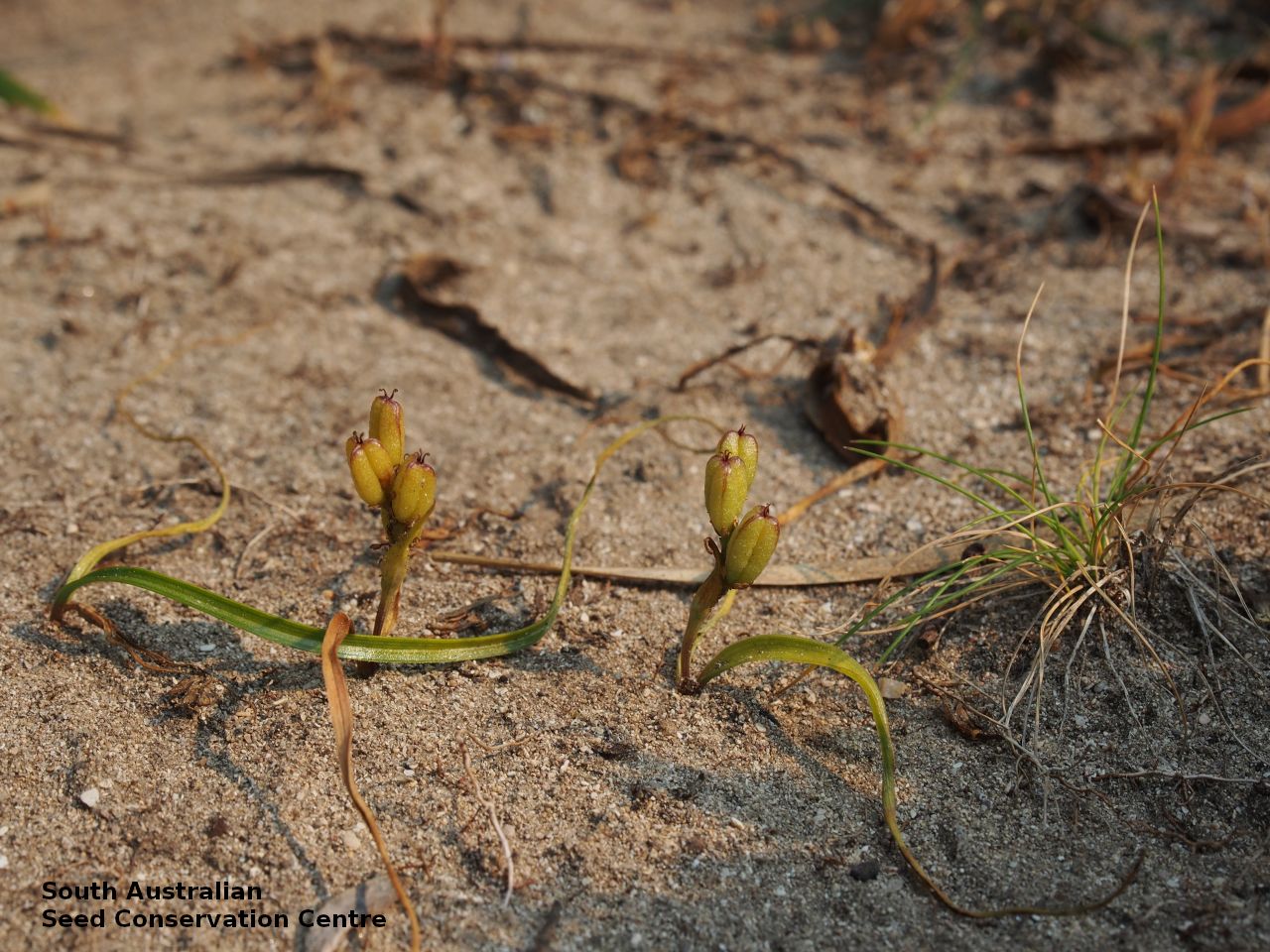
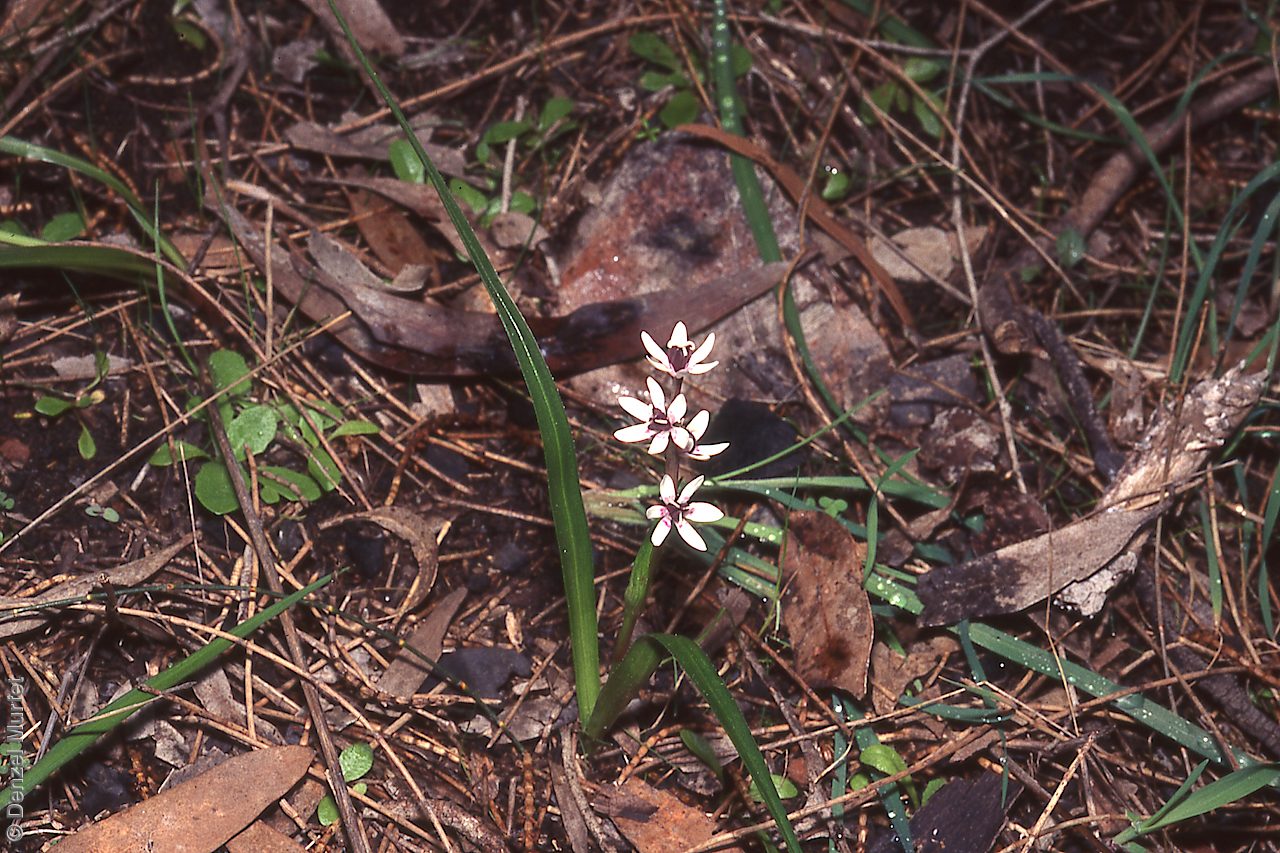
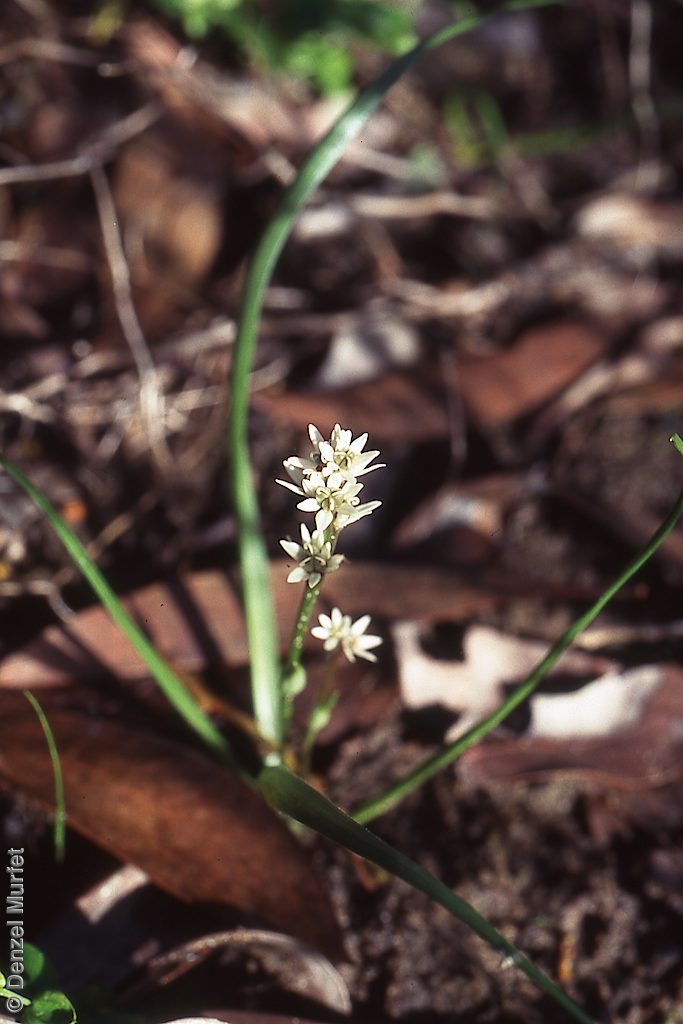
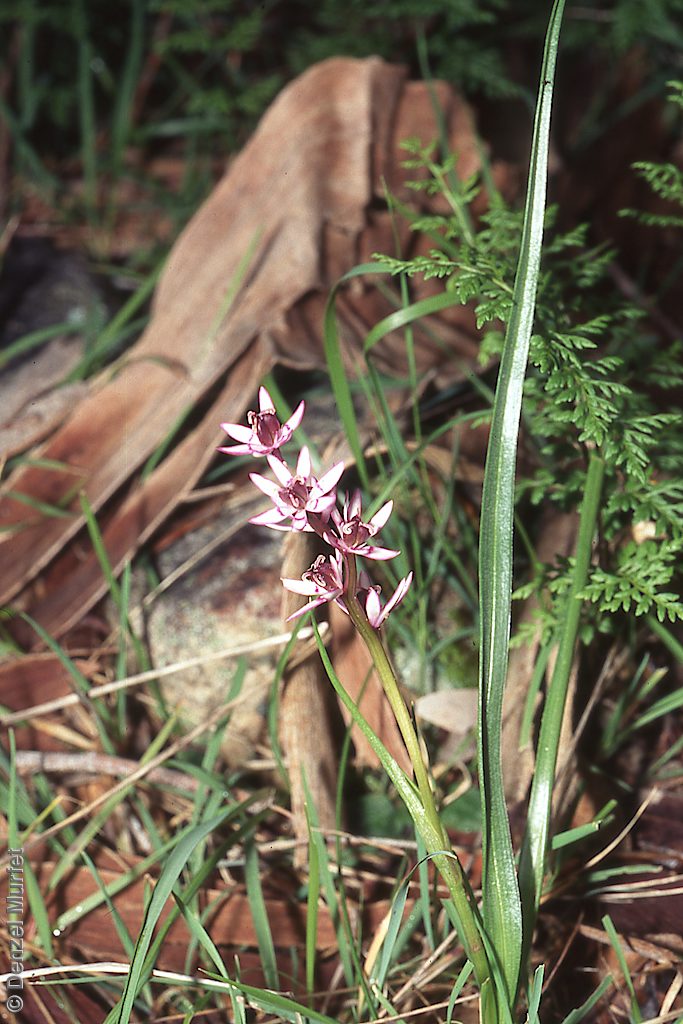
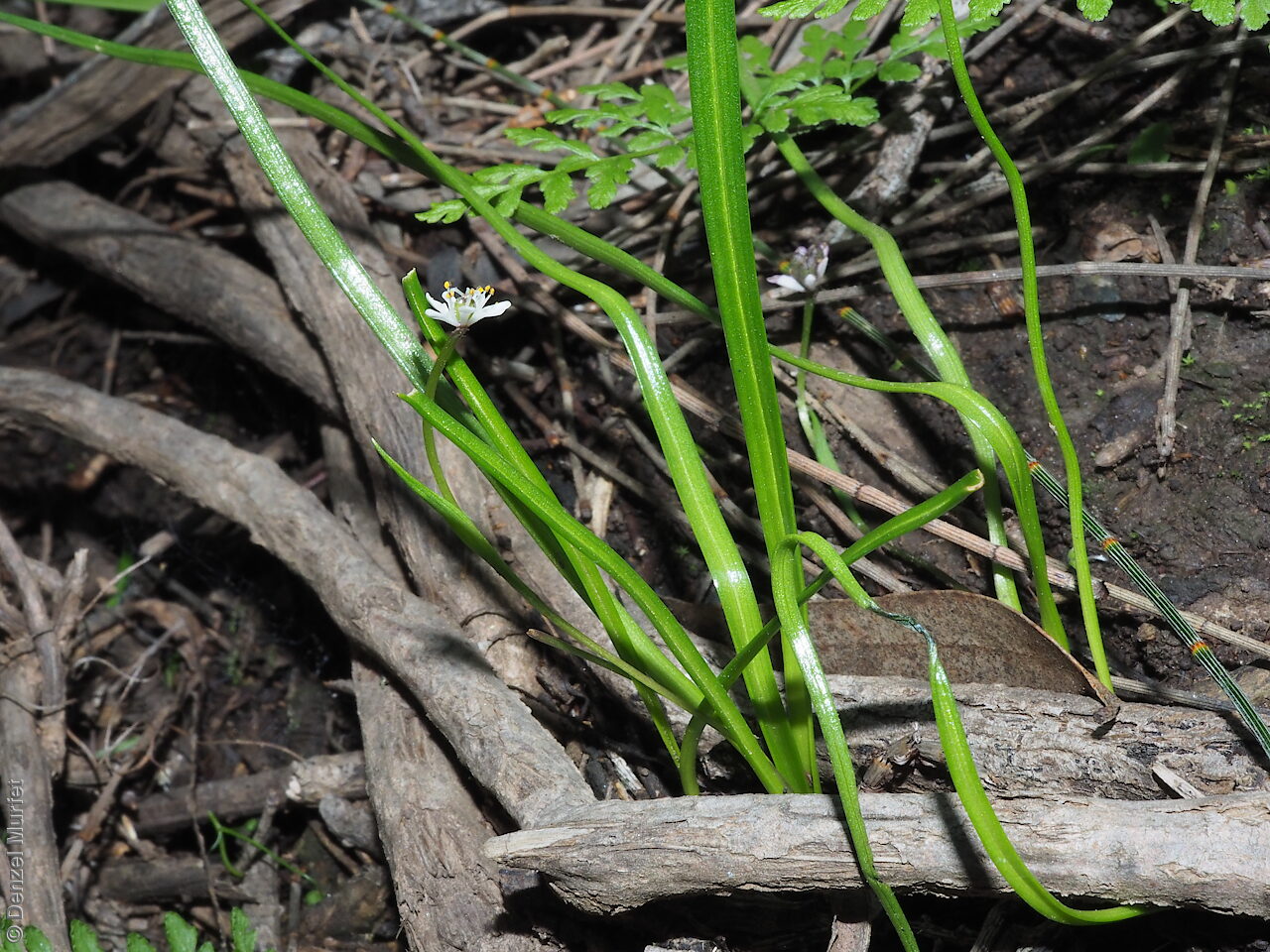
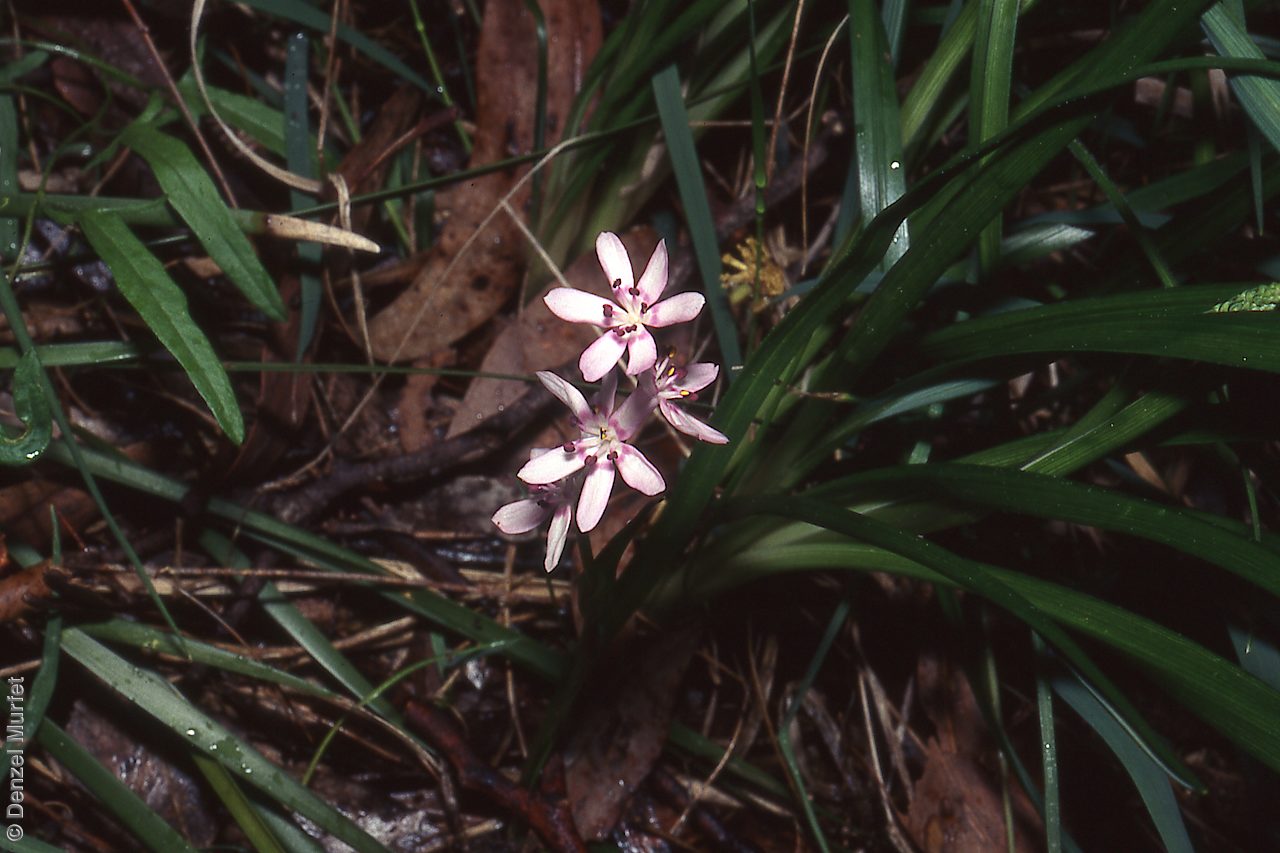

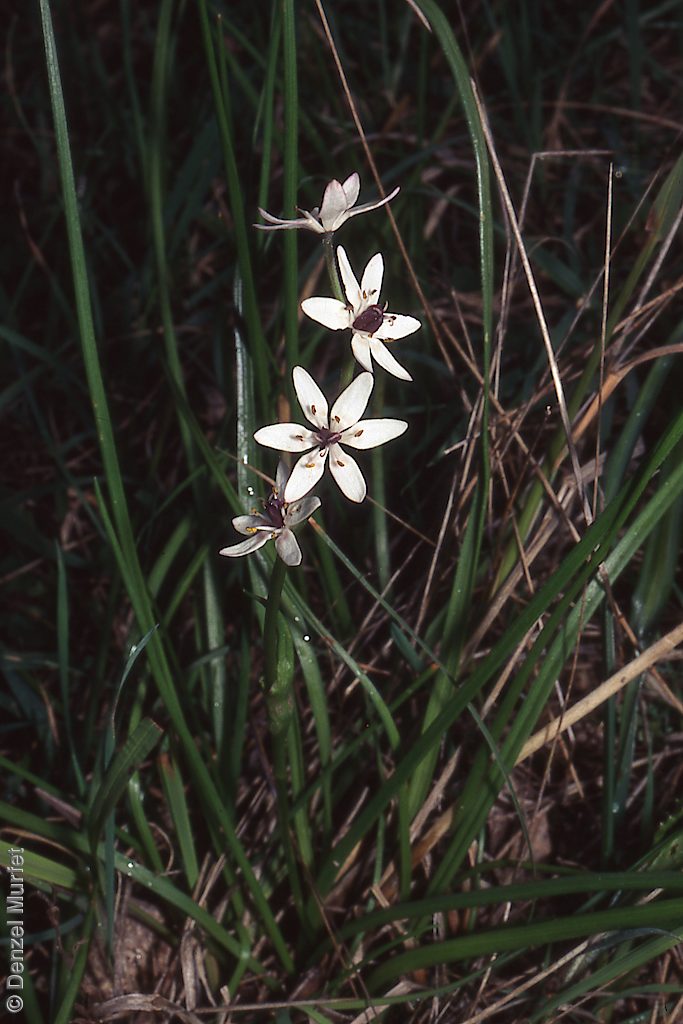
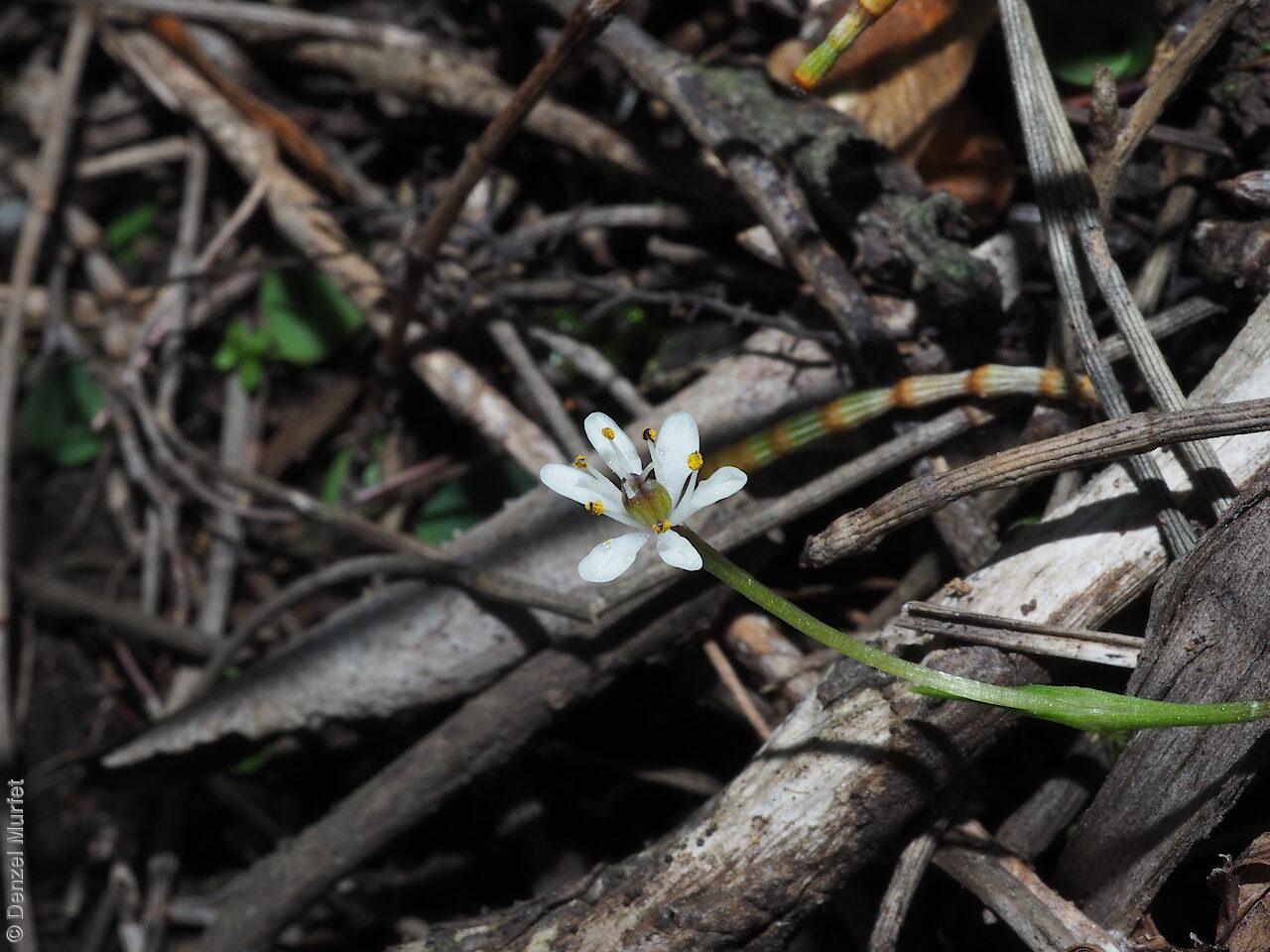
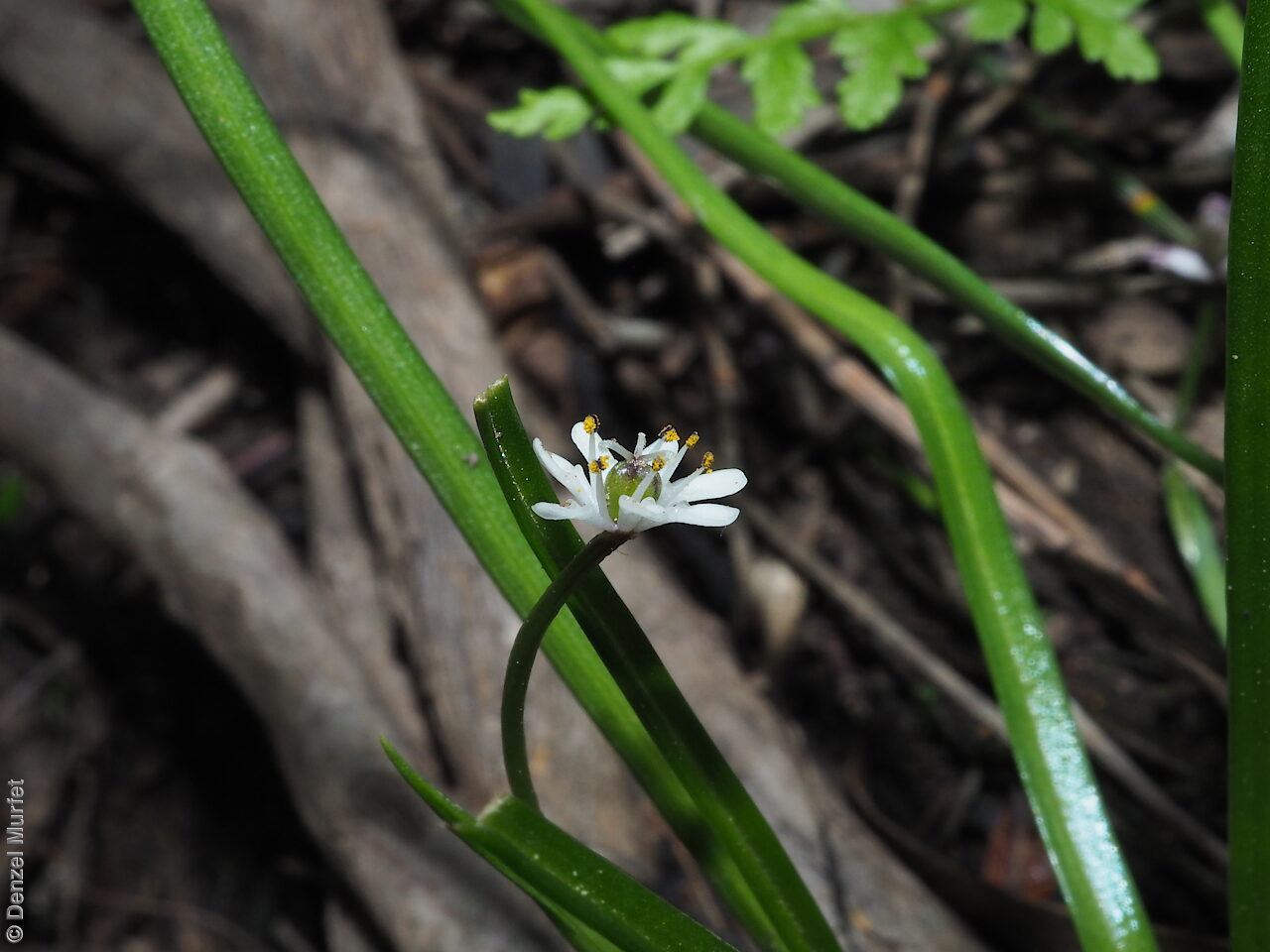
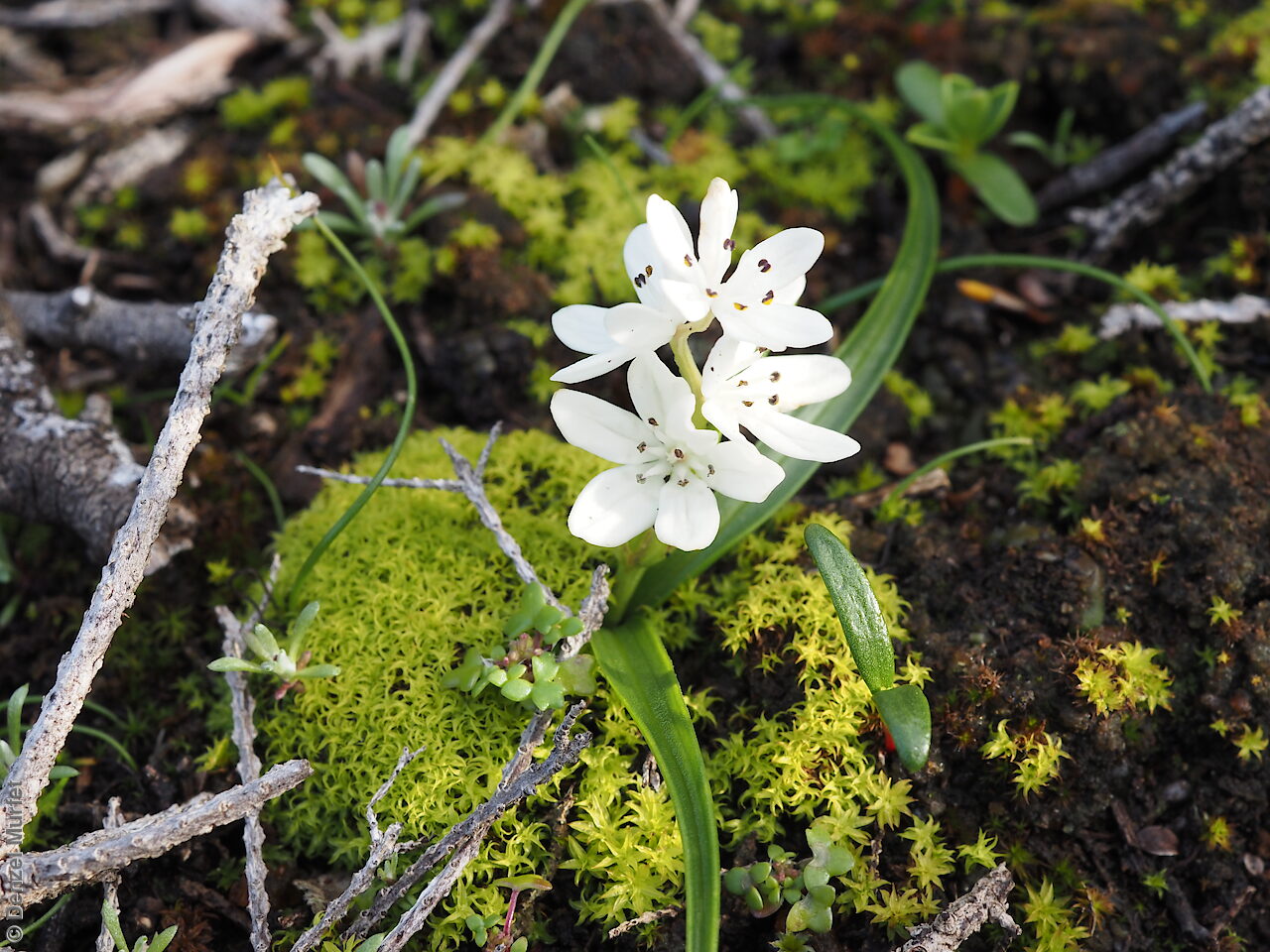
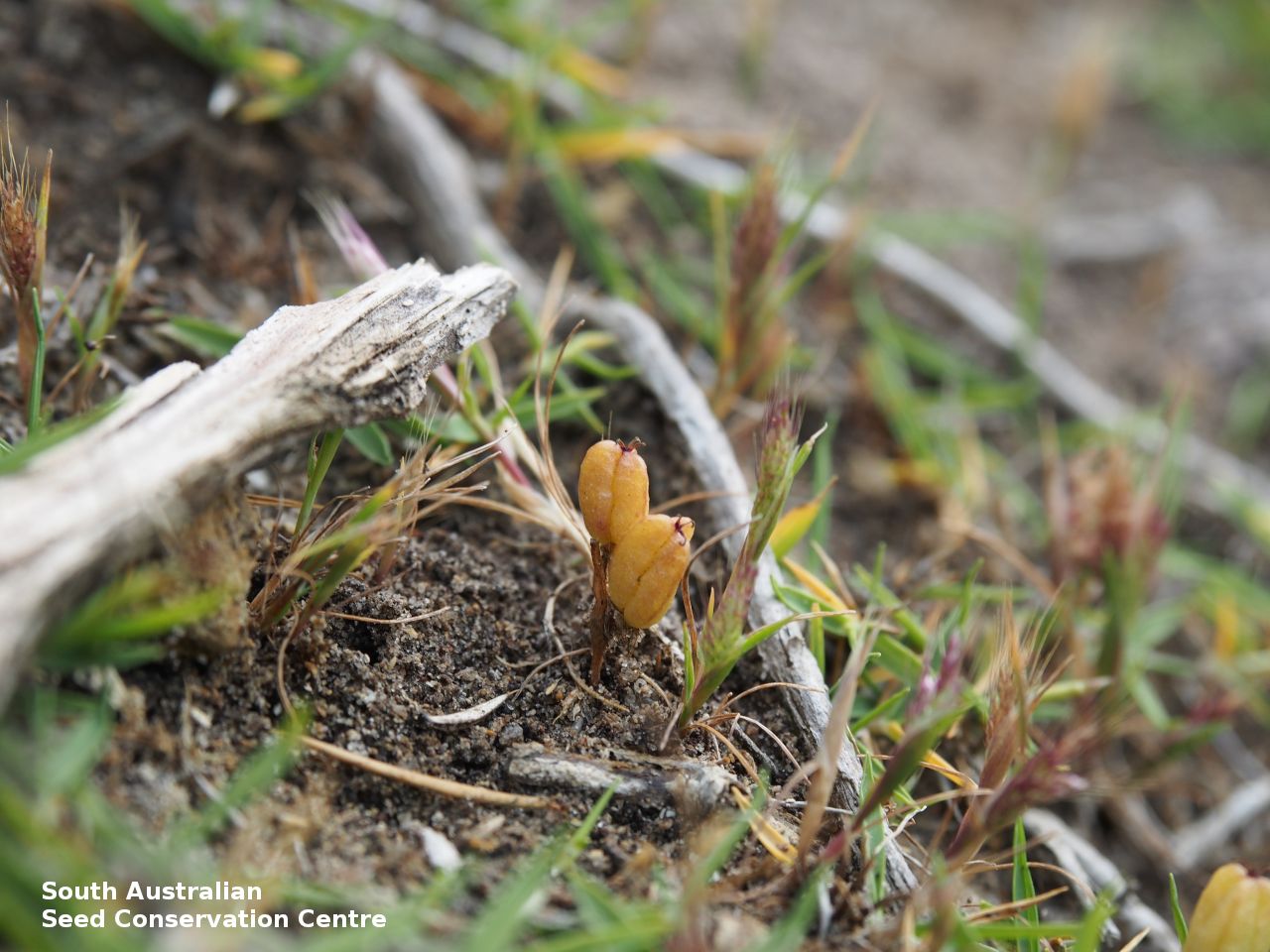
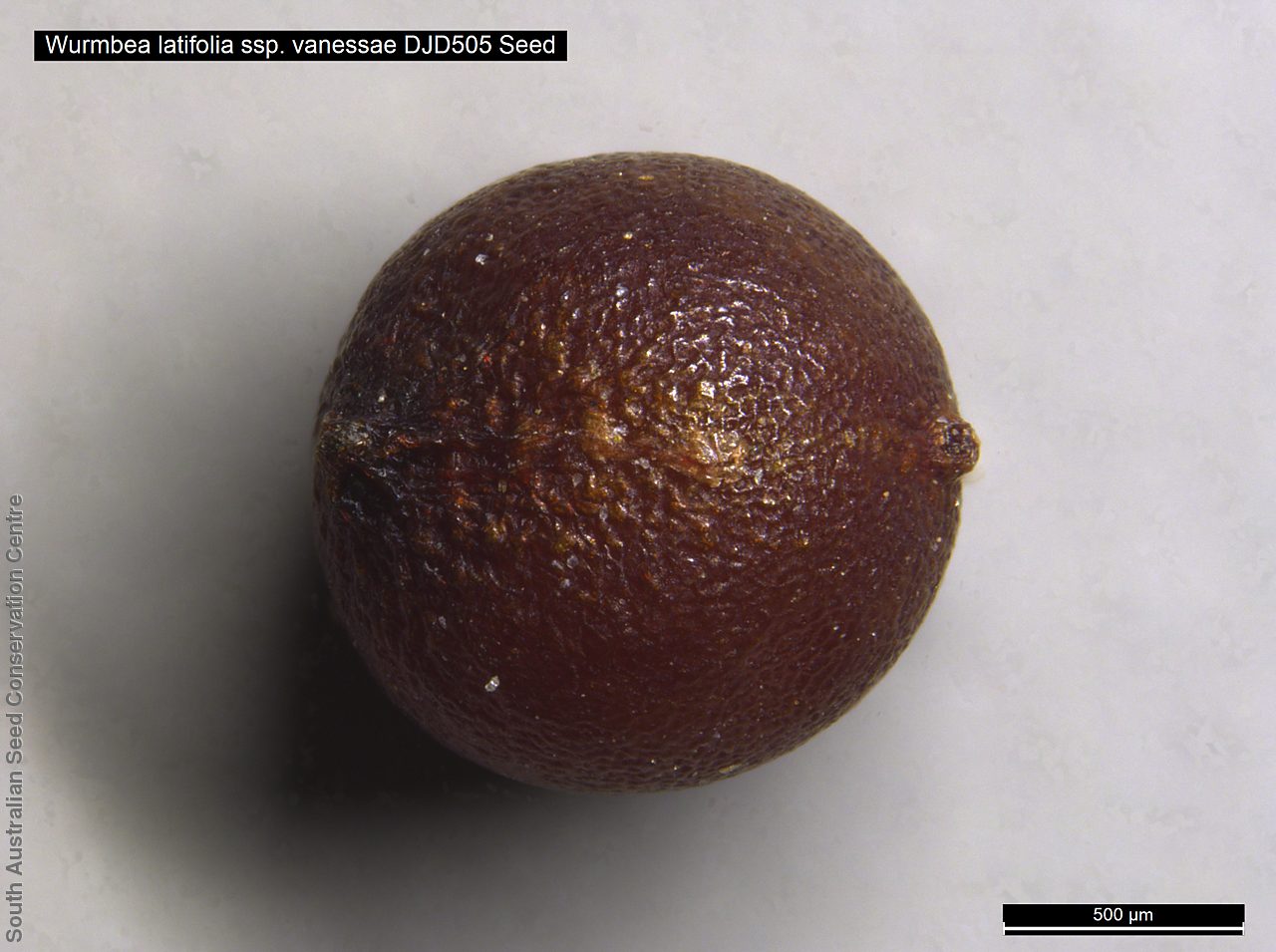
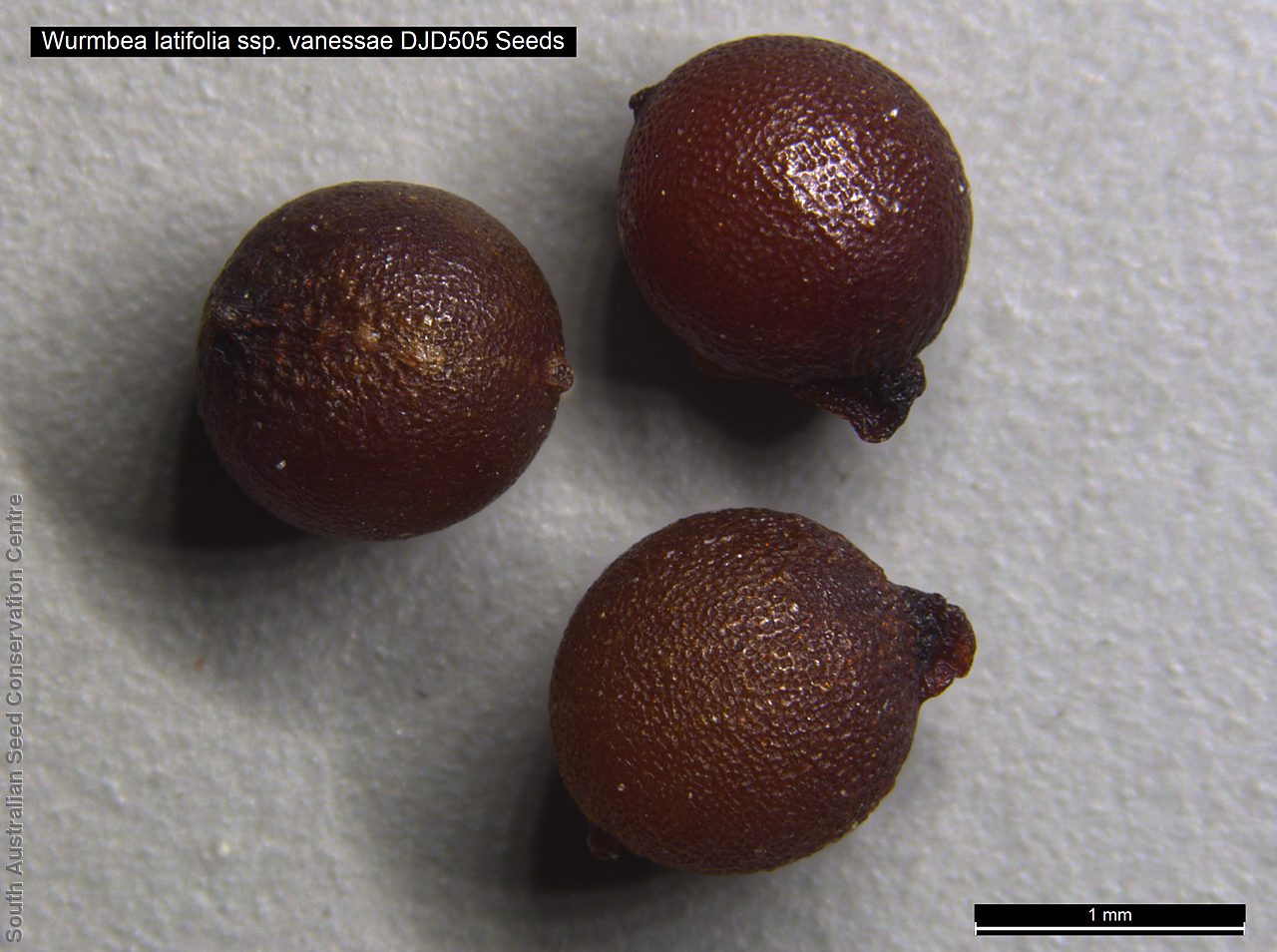

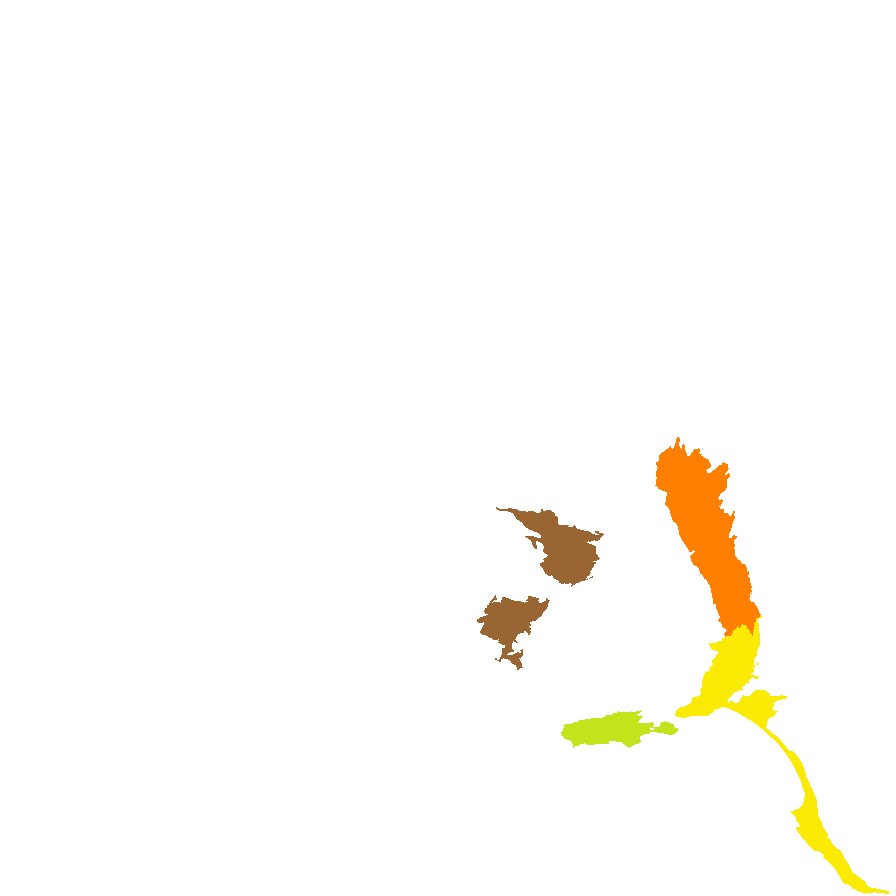
Common names
Lesser Broad-leaf Star-lily
Broad-leaf Nancy
Broad-leaf Star-lily
Etymology
Wurmbea name after Friedrick Wilhelm von Wurmb, merchant and botanist in 18th century Batavia (Jakarta). Latifolia from the Latin 'latus' meaning broad or wide and 'folium' meaning a leaf; referring to the species broad leaves. Vanessae named after Vanessa, the author's wife and companion on many field trips.
Distribution and status
Found along the coast from Eyre Peninsula, Kangaroo Island, Mount Lofty Rages and the South-east in south Australia, growing in low scrub on exposed sites. Also found in Victoria and Tasmania. Native. Rare in South Australia. Very rare in Tasmania. Uncommon in Victoria.
Herbarium regions: Eyre Peninsula, Northern Lofty, Southern Lofty, Kangaroo Island, South Eastern, Green Adelaide
NRM regions: Adelaide and Mount Lofty Ranges, Eyre Peninsula, Kangaroo Island, South East
AVH map: SA distribution map (external link)
Plant description
Doecious herbs to 15 cm high. Leaves 3, lower 2 similar, close together or separated, narrowly to broadly linear, or lanceolate, to 12 cm long and 8 mm wide, margin serrated, lowest leaf basal and not dilated, middle leaf more erect and sometime dilated at the base, upper leaf smaller, dilated at the base with short erect apex. Inflorescence spike with 2–9 white or pink flowers, tepals elliptic shortly fused basally, spreading, white, nectary 1 per tepal, situated about one-third from base of tepal, white or faint violet, raised, often with a narrow central beak, anthers purple. This subspecies differ from the other subspecies found in South Australia by the relatively longer, less broad and not opposite leaves, female flower spikes spike not dense and exserted on a scape at least 2 cm long and capsule oblong. Flowering between July and September. Fruits are brown papery oblong capsule containing many seeds. Seeds are brown globular seed to 1.5 mm diameter. Seed embryo type is linear under-developed.
Seed collection and propagation
Collect seeds between September and November. Collect mature capsules, those turning pale straw colour and containing hard brown seeds. Place the capsules in a tray and leave to dry for two weeks. Then rub the capsules gently by hand to dislodge the seeds. Use a sieve to separate the unwanted material. Store the seeds with a desiccant such as dried silica beads or dry rice, in an air tight container in a cool and dry place. From three collections, the seed viability was high, ranging from 95% to 100%.
| Location | No. of seeds (weight grams) | Number of plants | Date collected | Collection number Collection location | Date stored | % Viability | Storage temperature |
|---|---|---|---|---|---|---|---|
| BGA | 1,000 (1.5 g) | 8 | 19-Nov-2005 | DJD252 Southern Lofty | 9-Aug-2006 | 100% | -18°C |
| BGA MSB | 3,500 (4.5 g) 3,500 (4.5 g) | 100+ | 21-Nov-2006 | DJD505 Southern Lofty | 1-Aug-2007 | 95% | +5°C, -18°C |
| BGA | 1,350 (1.15 g) | 50+ | 18-Nov-2015 | JRG246 Kangaroo Island | 2-May-2017 | 100% | -18°C |
Number of plants: This is the number of plants from which the seeds were collected.
Collection location: The Herbarium of South Australia's region name.
% Viability: Percentage of filled healthy seeds determined by a cut test or x-ray.